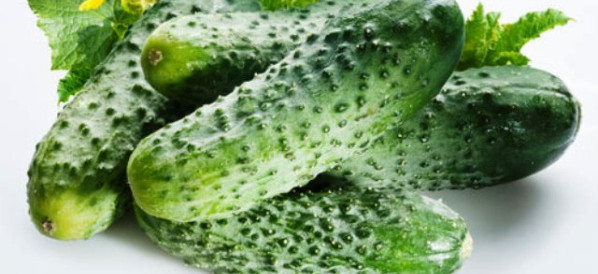 1 Terms
1 TermsHome > Terms > Filipino (TL) > pormalismo
pormalismo
In general, the term formalism describes the critical position that the most important aspect of a work of art is its form, that is, the way it is made and its purely visual aspects, rather than its narrative content or its relationship to the visible world. In painting therefore, a formalist critic would focus exclusively on the qualities of colour, brushwork, form, line and composition. Formalism as a critical stance came into being in response to Impressionism and Post-Impressionism (especially the painting of Cézanne) in which unprecedented emphasis was placed on the purely visual aspects of the work. In 1890 the Post-Impressionist painter and writer on art, Maurice Denis, published a manifesto titled Definition of Neo-Traditionism. The opening sentence of this is one of the most widely quoted texts in the history of modern art: 'Remember, that a picture, before it is a picture of a battle horse, a nude woman, or some story, is essentially a flat surface covered in colours arranged in a certain order. ' Denis emphasised that aesthetic pleasure was to be found in the painting itself not its subject. In Britain formalist art theory was developed by the Bloomsbury painter and critic Roger Fry and the Bloomsbury writer Clive Bell. In his 1914 book Art, Bell formulated the notion of significant form, that form itself can convey feeling. All this led quickly to abstract art, an art of pure form. Formalism dominated the development of modern art until the 1960s when it reached its peak in the so-called New Criticism of the American critic Clement Greenberg and others, particularly in their writings on Colour Field painting and Post Painterly Abstraction. It was precisely at that time that formalism began to be challenged by Postmodernism.
- Part of Speech: noun
- Synonym(s):
- Blossary:
- Industry/Domain: Art history
- Category: General art history
- Company: Tate
- Product:
- Acronym-Abbreviation:
Other Languages:
Member comments
Terms in the News
Featured Terms
pipino
A long, green, cylinder-shaped member of the gourd family with edible seeds surrounded by mild, crisp flesh. Used for making pickles and usually eaten ...
Contributor
Featured blossaries
Browers Terms By Category
- Cheese(628)
- Butter(185)
- Ice cream(118)
- Yoghurt(45)
- Milk(26)
- Cream products(11)
Dairy products(1013) Terms
- Radiology equipment(1356)
- OBGYN equipment(397)
- Cardiac supplies(297)
- Clinical trials(199)
- Ultrasonic & optical equipment(61)
- Physical therapy equipment(42)
Medical devices(2427) Terms
- Muscular(158)
- Brain(145)
- Human body(144)
- Developmental anatomy(72)
- Nervous system(57)
- Arteries(53)
Anatomy(873) Terms
- Industrial lubricants(657)
- Cranes(413)
- Laser equipment(243)
- Conveyors(185)
- Lathe(62)
- Welding equipment(52)





